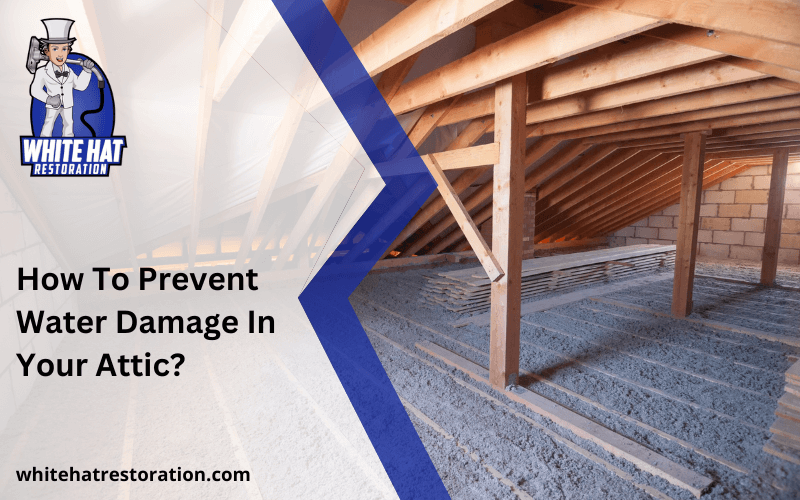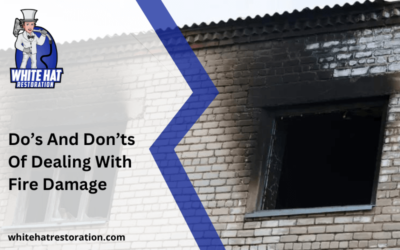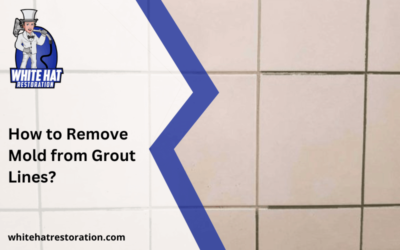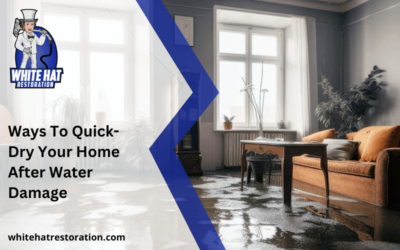Attics are an important part of our homes, providing storage space for holiday decorations, unwanted furniture, and other household items. However, many homeowners tend to neglect inspecting their attics, not realizing that it is more susceptible to water damage than any other part of their homes at any given time.
Water damage in your attic can result in expensive repairs, ruined belongings, or even mold growth. Therefore, it is crucial to take necessary steps to prevent such mishaps from occurring in the first place. In this blog, you’ll learn some essential tips to protect your attic from water damage.
Five Important Ways To Prevent Water Damage In Your Attic
1. Inspect The Roof For Leaks
Attics are often overlooked when it comes to regular inspections. However, a small leak can cause a lot of damage if left unnoticed for a long time, allowing water to seep in and cause havoc. Unfortunately, by the time you become aware of the problem, the damage may have already intensified beyond your expectations.
Therefore, it is essential to conduct regular inspections of your roof as a preventative measure to protect your attic from water damage and, most importantly, to safeguard your personal belongings.
2. Maintain Proper Ventilation
Attics are prone to moisture build-up from various sources, such as roof leaks and plumbing vents. If there is insufficient ventilation, this moisture gets trapped and condenses on cooler attic surfaces, leading to water damage to the roof and other structural components.
Furthermore, during winters, you can also expect water damage to attics due to the extreme cold temperature that stresses the roof shingles and contributes to ice dam formation. This can cause water to melt and leak under the shingles.
Hence, it is essential to maintain proper ventilation for your attic to breathe and prevent moisture build-up in extreme temperatures that can lead to water damage.
3. Clean The Gutters Regularly
Gutters are designed to collect rainwater from your roof and channel it away from your foundation. However, if they become clogged with leaves, twigs, and debris, they can overflow and cause water to seep under your roof shingles and into your attic, leading to mold growth, structural damage, and rot.
Clogged gutters are one of the most common causes of water damage, so it is important to clean them regularly. By doing so, you can ensure proper water flow, prevent water from pooling around your foundation, and keep moisture out of your attic.
4. Make Sure To Insulate The Attic
In the winter, warm air exiting from the living area such as outdoor environments or even chimneys might cause snow on the roof to melt unevenly. This melted water refreezes at the eaves, resulting in ice dams.
As more and more snow melts, water becomes trapped behind these dams, potentially seeping beneath the shingles and into the attic. Proper insulation keeps the attic cold, reducing uneven melting and ice dam formation.
5. Install Leak Detectors And Gutter Guards
Leak detectors act as early warning systems for hidden leaks within your house, particularly those in pipes or from appliances. As leaks often go unnoticed for days if not months, they can cause significant damage to your attic and might also promote mold growth.
On the other hand, clogged gutters overflowing during heavy rain can cause water to cascade down the sides of your house, potentially seeping under roof shingles and into the attic.
However, installing gutter guards makes sure that never happens, as they help prevent leaves, debris, and small animals from accumulating in the gutters, ensuring proper water flow away from your home.
Final Thoughts
Your attic is a valuable space, but it is vulnerable to water damage due to a number of reasons. Nonetheless, by taking a proactive prior approach, such as maintaining proper ventilation or installing leak detectors, you can effectively shield your attic from water-related problems and help preserve its integrity in the long run.




